Introduction
One of the most prevalent types of attack is malware, and cybersecurity threats are growing more complex. Among the most concerning ones in recent years is 24ot1jxa, a harmful code that poses a significant threat to both companies and individuals. Unlike conventional viruses, 24ot1jxa is sneaky, aggressive, and typically undetectable until considerable damage has been done.
This paper explores in depth what 24ot1jxa is, why it is dangerous, how it penetrates systems, and what proactive measures you can take to protect your networks and devices.

24ot1jxa is a Malware Strain
Known for its ability to bypass antivirus programs and infiltrate systems through hidden processes, 24ot1jxa is a malware strain. Though its name may seem like a random code, it refers to an obfuscated file name often linked to advanced persistent threats (APTs).
Gaining access under the cover of legal software, it operates like a Trojan horse. Once installed, it runs in the background, stealing data, monitoring keystrokes, or damaging system files.
How Does 24ot1jxa Compromise Systems?
Infection typically occurs in one of the following ways:
- Phishing Emails: Fraudulent emails containing malicious links or attachments.
- Visiting Hacked Websites: Unwittingly downloading the infection through compromised websites.
- Software Bundles: Unverified or pirated software often contains hidden malware.
- Attacks Against Public Wi-Fi: Snatching unsecured network traffic.
Once inside, 24ot1jxa hides using system-level rights, making it incredibly difficult to detect.
Main Characteristics of 24ot1jxa Malware
Stealth Mode
Runs quietly, possibly for weeks or months, without alerting users.
Data Gathering
Gathers personal files, bank information, and login credentials.
Auto-Replication
Spreads over internal networks, compromising additional devices.
System Override
Can change system settings, including turning off security software.
Remote Control
Gives attackers backdoor access to control the system.
Who is in Danger?
- Small Companies: These businesses often have weak IT defenses, making them prime targets.
- Freelancers and Remote Workers: Working on less secure personal devices increases vulnerability.
- Big Companies: With important data, they are a top target for these attacks.
- General Users: Even casual internet users are at risk from 24ot1jxa.
Effects of a 24ot1jxa Infection
The damage caused by 24ot1jxa extends beyond mere inconvenience:
- Financial Losses: Identity theft, fraudulent transactions, and ransom demands.
- Data Corruption: Files could be erased, encrypted, or lost.
- Reputation Damage: Especially for companies managing sensitive client data.
- Legal Repercussions: If found in violation of data protection regulations, there could be serious legal consequences.
How to Find and Delete 24ot1jxa
Early detection is critical. Indicators of infection include:
- Random system crashes or slowdowns.
- Unidentified background processes running.
- Unexplained data consumption.
- Antivirus or firewall automatically being turned off.
Steps to Remove:
- Disconnect from the internet.
- Boot into Safe Mode.
- Run updated anti-malware software.
- Manually remove suspicious startup or registry entries.
- Reboot and observe system behavior.
Businesses may need to consult a cybersecurity firm to fully eliminate the infection and address any vulnerabilities.
How to Guard Against 24ot1jxa
Basic Security Practices
- Use distinct, strong passwords.
- Enable multi-factor authentication.
- Keep all software up to date.
- Regularly back up essential data.
- Install endpoint detection and response (EDR) systems.
- Segment your network to contain breaches.
- Use behavioral-based malware detection tools.
- Conduct regular penetration testing.
READ ABOUT:Concerning Blog: TurboGeekOrg: The Best Tech Tool
Commonly Asked Questions
What kind of malware is 24ot1jxa?
It is a Trojan-based virus that mimics legitimate files or programs to deceive users into installing it.
Is it detectable by antivirus programs?
Many conventional antivirus programs fail to detect 24ot1jxa because it uses constantly changing polymorphic code.
Am I at risk on my tablet or phone?
Yes, particularly Android devices. Although mobile attacks are less common, harmful APKs can still be exploited.
What happens if I ignore the infection?
Ignoring the infection allows it to continue spying, stealing data, or using your system for botnet attacks. It can cause long-term system damage and data leaks.
How can I detect if 24ot1jxa has spread in my network?
Signs of propagation include unusual network traffic, unexpected logins, or multiple devices exhibiting abnormal behavior.
Ending
Not only is 24ot1jxa a nuisance, but it is a sophisticated, deadly threat that requires immediate attention. Awareness is your first line of defense, whether you are an individual or a business. By understanding how 24ot1jxa operates, recognizing the warning signs, and implementing best practices for protection, you can significantly reduce your chances of falling victim.
Never underestimate the importance of cybersecurity; stay informed and stay safe.

